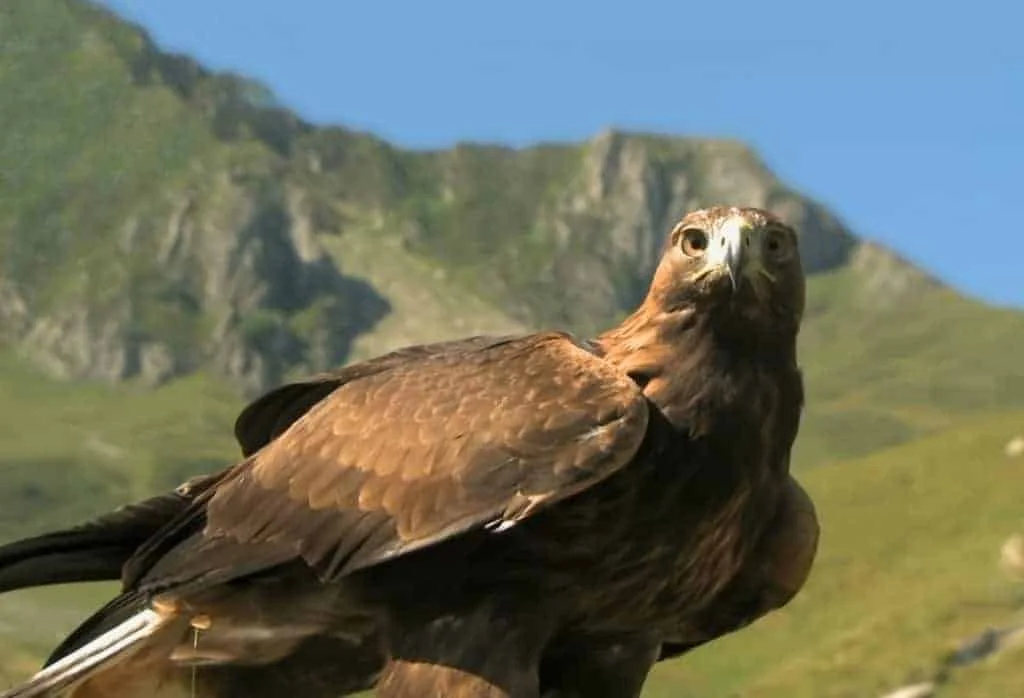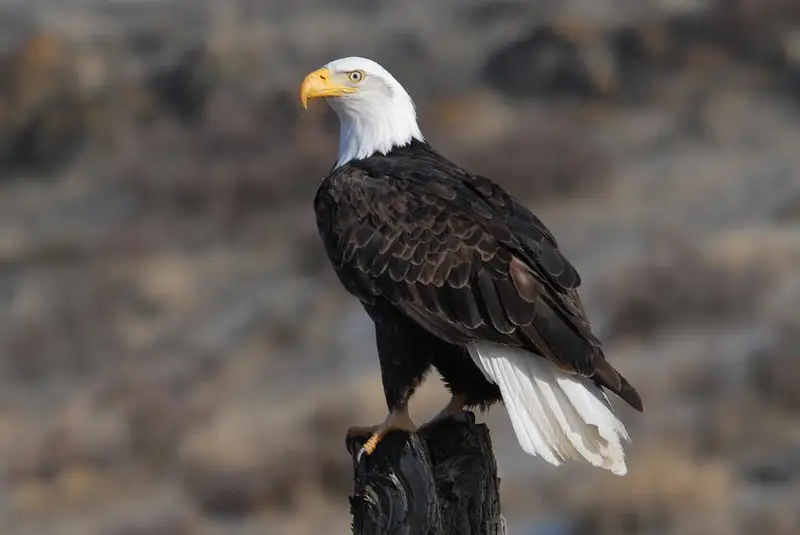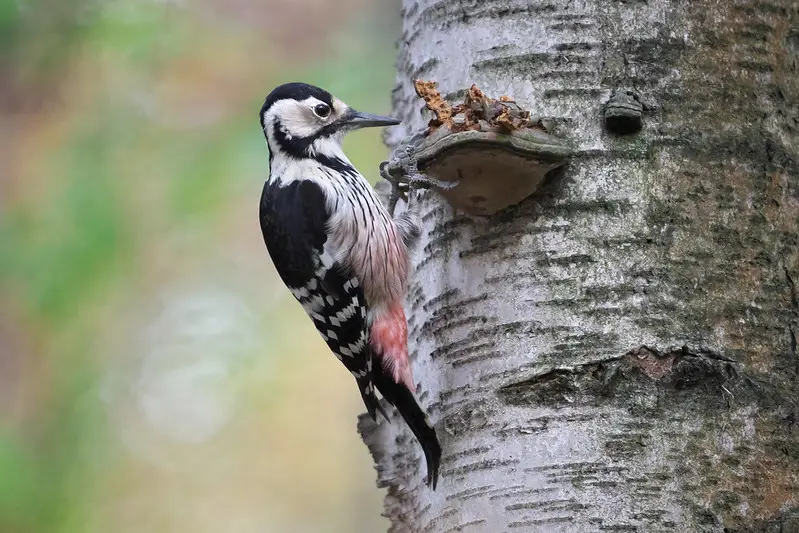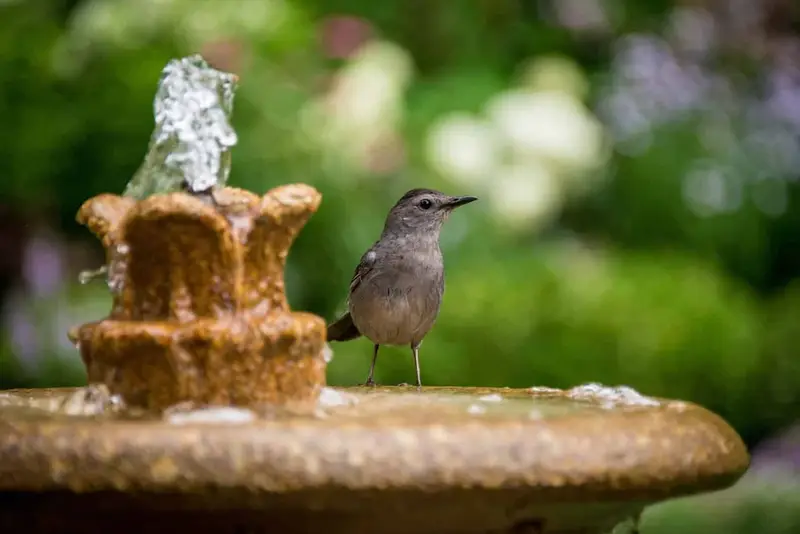
Want to learn more? This book on the Birds of Prey of North America is a fantastic read!
Good placement in an ideal temperate zone has allowed the flora and fauna of Arkansas to thrive, earning it the nickname “The Natural State”.
Indeed, the place has over seventy tree species, and many, many acres of protected land for isolationist birds like eagles to find their secluded homes on high.
There are countless woodland expanses and bountiful rivers in the state, which means the two protected species of eagle that reside there might see abundant numbers one day.
Want to attract birds of prey to your yard? Take a look at our article!
What Eagles can be seen in Arkansas?
Table of Contents
1. Golden Eagle

Wingspan
2m
Weight
3-6kg
Life Expectancy
Up to 38 years
Diet
Small - medium mammals
The so-called “King of Birds” is the other eagle that calls Arkansas home.
It is mostly brown, but the light brown feathers on the back of its neck and shoulders appear ‘golden’ by contrast. White feathers on the underside of their wings and tail provide further distinction.
Golden eagles are generally about the same size as bald eagles, though the upper limits of their size tends to be larger than bald eagles.
Golden eagles are faster, more agile predators who seek more elusive prey, and almost always eat their own kills instead of scavenging.
They can easily be mistaken for bald eagles in their youth as both birds have varying combinations of brown and white streaks before their true colors settle.
Golden eagles like mountains more than trees, and are more likely to use man-made structures like abandoned towers and windmills to build a nest.
You can spot a golden eagle in wide-open spaces near tall structures, natural or otherwise, such as a grassland plain near the edge of a coniferous forest or mountain.
2. Bald Eagle

Wingspan
204cm
Weight
3-6kg
Life Expectancy
Up to 20 years
Diet
Mostly fish, some small birds and reptiles
The simple fact that America’s national bird is still on this list is a victory for conservationists everywhere.
An end to poaching and habitat destruction has seen both the eagle breeds in Arkansas stabilize over the decades, and even begin to thrive in some remote areas.
Spotting a bald eagle in the wild is as common as a New York pigeon in far-north places like Alaska, but they stick to the mountains and high trees in the deep south.
Their colossal nests–which are often several times larger than a male adult eagle–can be seen on mountain cliffs with natural formations that shield from the elements; or atop the tallest trees, where strong branches perform the same role.
Their physical characteristics are unmistakable: the trademark white head that provides the ‘bald’ in its name (from the old meaning, white), which is the same color as its tail; dark bodies with enormous wingspans that are visible from the ground; and strong yellow-orange beaks and legs that were made for hunting.
Bald Eagles love places like the aforementioned bountiful rivers of northwest Arkansas, near tall pine forests and mountains where they can spy on prey from their lookouts.
They hunt everything from squirrels to small deer, and unlike golden eagles, aren’t averse to feeding on carrion that has been killed by another predator.
Bald eagles love to fish as well, which explains why they’re so often found near rivers.
Conclusion
Both these eagles breed in the northwestern part of North American, and then spread to all parts of the continent from there.
Arkansas is an enticing winter home for eagles with its climate and its ideal habitation prospects, but also because its citizens have made a continued effort to avoid harming them.
We can expect the population of bald and golden eagles to grow in Arkansas as it grows across the U.S. in the coming years.

More Articles.

What Woodpeckers can you see in Germany? (8 Species with Pictures & Sounds)
What woodpeckers can you see in Germany? There are 8 different species of woodpecker that

What Does It Mean To See a White Feather Fall in your Dreams? (Symbolism and Meaning)
In some cultures, seeing a white feather fall in your dream is a sign of

Bird baths can offer your local birds a place to hang out and a nice

About Us
We are avid bird-watchers who recently retired, allowing us more time to travel the world. Fortunately, we have managed to visit numerous countries around Europe, Asia, and America. Watching and photographing birds has been a passion for many years and we are making the most of the extra time on our hands!
